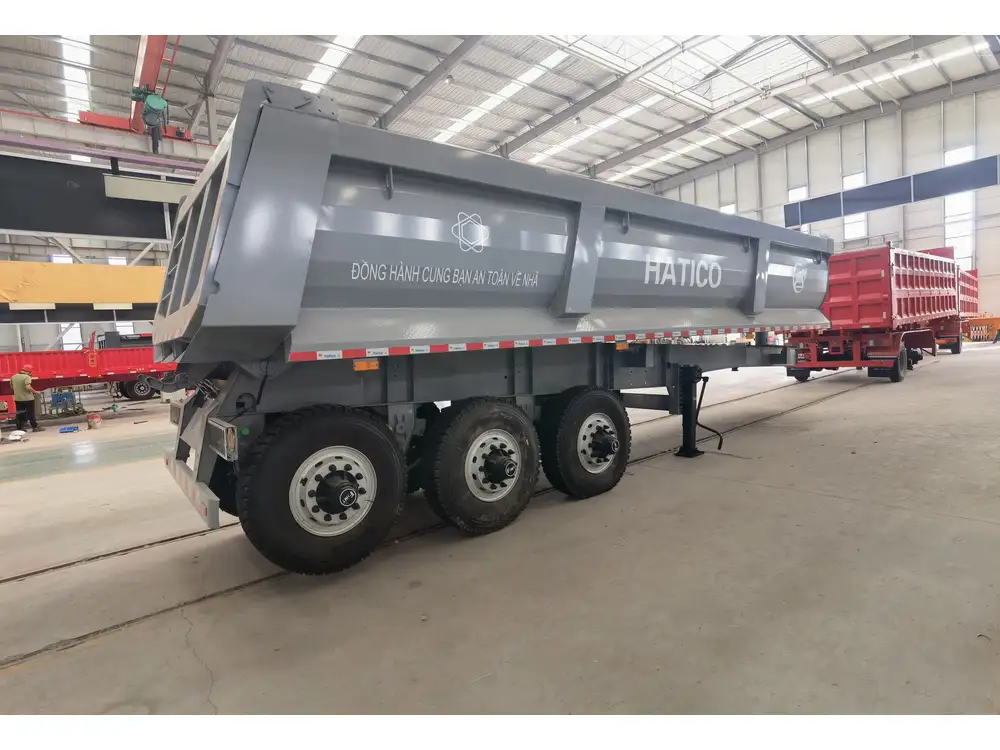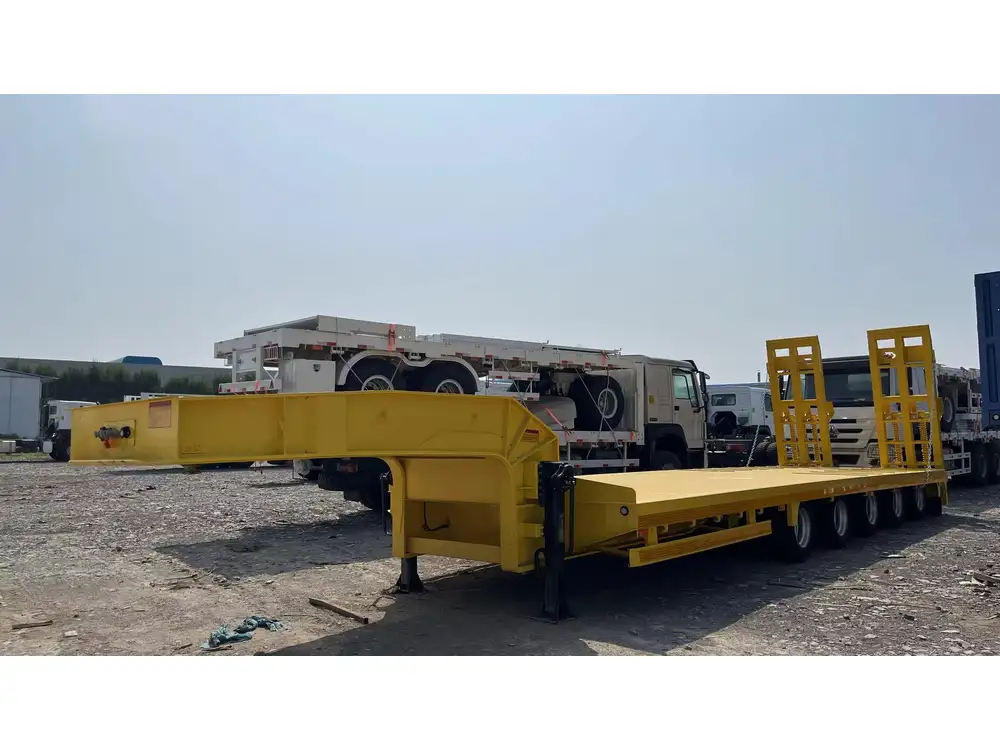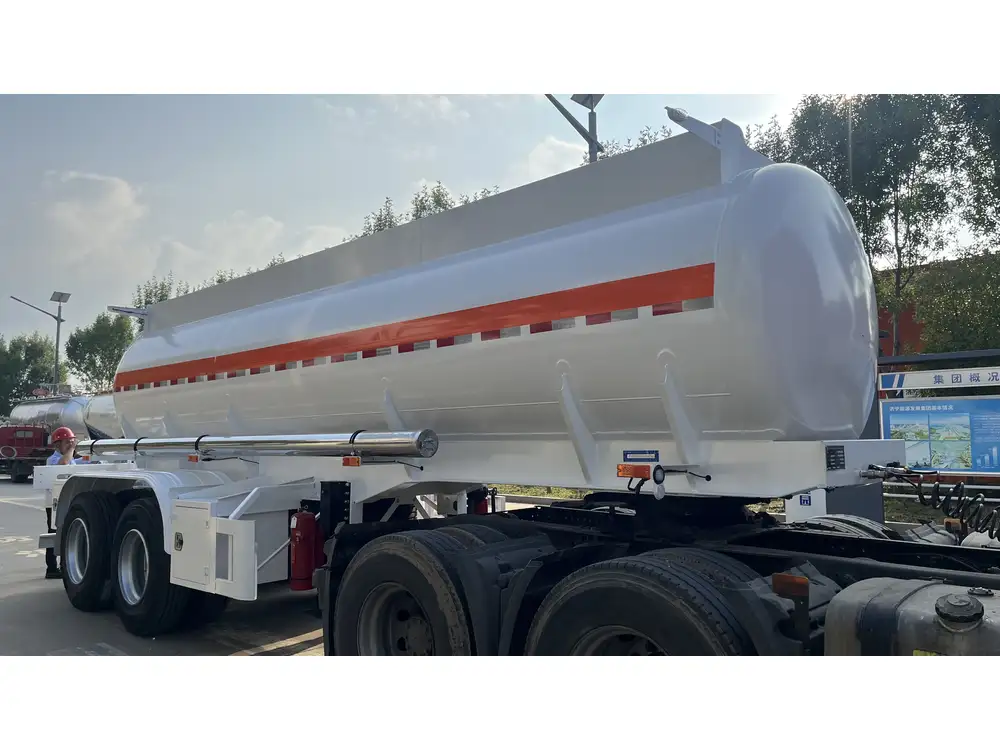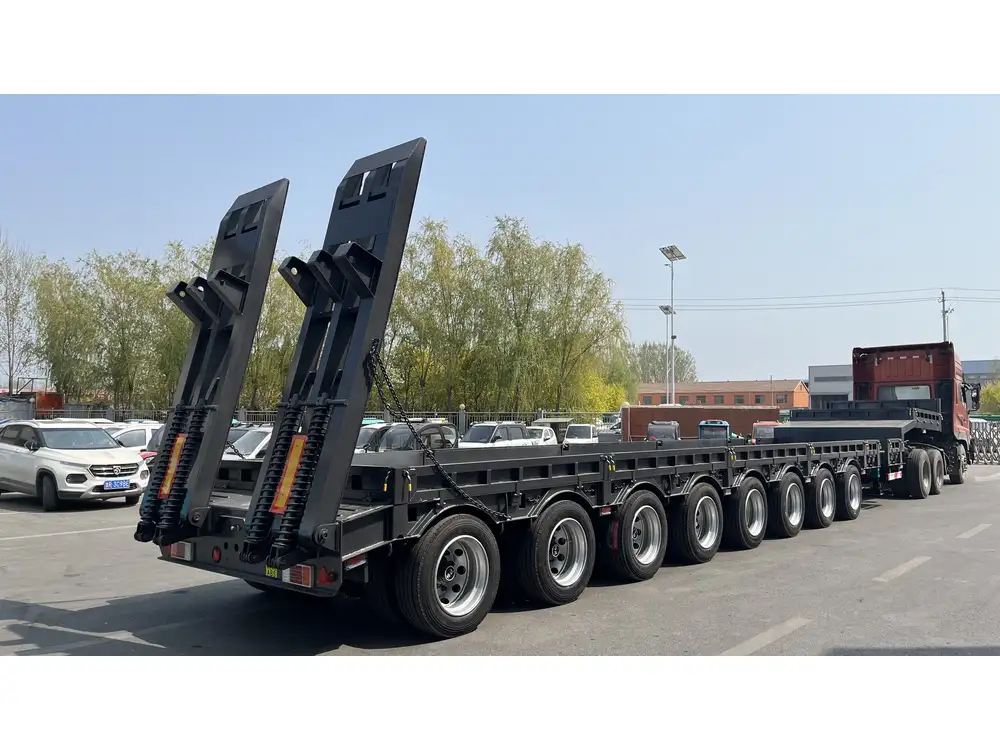When it comes to transportation and construction, understanding the weight specifications of equipment is crucial. Specifically, for those in the landscape, construction, or waste management sectors, the details surrounding a full 16-yard dump trailer’s weight can influence decision-making across various levels. This guide dives deep into the factors affecting weight, common configurations, and practical applications.
Understanding the Basics of Dump Trailers
What is a Dump Trailer?
A dump trailer is a versatile piece of equipment primarily designed for the transportation and unloading of loose materials. This includes gravel, sand, construction debris, and other bulk items. The mechanism of a dump trailer allows it to lift and empty its contents using hydraulic systems, which is essential for efficiency in many industries.
1. Construction of a 16-Yard Dump Trailer
Before dissecting the weight specifics, it’s important to recognize the various components of a 16-yard dump trailer:
| Component | Description |
|---|---|
| Chassis | The frame that supports the body and payload |
| Bed | The cargo area that holds the materials (16 cubic yards) |
| Axles | Typically two or three axles to support the weight |
| Hydraulic System | Mechanism that lifts the bed for unloading |
| Tires | Designed to support heavy loads and provide road traction |
| Towing Connection | Coupling mechanism for attaching to a towing vehicle |

2. Weight Considerations for 16-Yard Dump Trailers
Empty Weight vs. Gross Vehicle Weight Rating (GVWR)
Empty Weight: This is the weight of the trailer itself when it is not loaded. For a standard 16-yard dump trailer, the empty weight usually averages 3,000 to 5,000 pounds depending on materials and design features.
Gross Vehicle Weight Rating (GVWR): This figure dictates the maximum weight that a trailer can safely carry, including its own weight and added payload. A typical GVWR for a 16-yard dump trailer can range from 10,000 to 15,000 pounds.
3. How Much Does a Full 16-Yard Dump Trailer Weigh?
Now, diving into your primary inquiry: how much does a full 16-yard dump trailer weigh?
To arrive at that figure, one needs to consider both the empty weight and the material density involved when fully loaded.
Calculating Full Load Weight:
| Material Type | Density (lbs per cubic yard) | Weight (16 cubic yards) |
|---|---|---|
| Soil | 2,000 | 32,000 |
| Gravel | 2,700 | 43,200 |
| Sand | 1,600 | 25,600 |
| Asphalt | 2,500 | 40,000 |
| Debris (Construction) | 1,800 | 28,800 |
For example, if the trailer is filled with soil, you can calculate the total weight as follows:
- Empty Weight (average): 4,000 lbs
- Payload (full load of soil): 32,000 lbs
- Total Weight: 4,000 lbs + 32,000 lbs = 36,000 lbs
If the trailer is loaded with gravel, it would be:
- Empty Weight (average): 4,000 lbs
- Payload (full load of gravel): 43,200 lbs
- Total Weight: 4,000 lbs + 43,200 lbs = 47,200 lbs
This indicates that the total weight varies significantly based on the type of material loaded.

Factors Influencing Trailer Weight
A variety of specifications and design features can influence the empty weight and the maximum load capacity:
1. Material Composition
Dump trailers made from different materials (steel vs. aluminum) have different base weights. Steel trailers are often more durable but considerably heavier than aluminum trailers which, while lighter, may have limitations in load-bearing capacity.
2. Design and Frame Type
The thickness and structural design of the chassis can impact the empty weight along with trailer stability under heavy loads.

3. Number of Axles
Dump trailers can have from one to three axles. More axles typically increase the weight but offer enhanced load distribution and greater towing stability.
4. Hydraulic Mechanism
The type and complexity of the hydraulic system can also add to the overall weight. Heavy-duty hydraulic systems designed for larger payload capacities will weigh more.
Practical Considerations for Operators

Ensuring Safe Load Limits
Understanding payloads relative to both the empty weights and the GVWR is vital for safety and adherence to regulations. Overloading can not only lead to structural failures but also legal repercussions.
Transportation Regulations
When transporting heavy loads, it is essential to consider state and federal transport regulations, which can dictate maximum allowable weights, affecting permit requirements.
Maintenance of Dump Trailers
Maintaining the trailer in good condition ensures safe operating weights and prevents accidents. Regularly inspect tires, the hydraulic system, and the chassis for any signs of wear or damage.

Common Applications for Dump Trailers
Understanding the varied applications of a 16-yard dump trailer gives insight into why weight specifications are crucial:
- Construction Sites: For transporting loose materials and debris.
- Landscaping: Moving soil, mulch, or gravel to and from sites.
- Waste Management: Collecting and hauling away construction and municipal waste.
- Agriculture: Assisting in transporting bulk materials or equipment.
Summary
The weight of a full 16-yard dump trailer can fluctuate significantly based on the type of materials loaded and the trailer’s specifications. Operators should be aware of both the empty weight and the maximum payload to ensure compliance with safety standards and optimal performance.
Understanding the intricate relationships between material characteristics, trailer design, and operational requirements elevates the effectiveness of dump trailers in various logistics chains.
Frequently Asked Questions

How do I determine the empty weight of my dump trailer?
To find the empty weight, consult the manufacturer’s specifications or visit a weigh station.
Can I overload my dump trailer?
Overloading your dump trailer is unsafe and illegal. Always adhere to the GVWR and consider material density.
What type of material should I use for different projects?
This depends on the project specifications. For instance, use gravel for drainage projects, while soil is more suited for landscaping and leveling.

How can I maintain my dump trailer’s weight efficiency?
Regular maintenance checks, ensuring proper tire pressure, and avoiding unnecessary loads can help in maintaining weight efficiency.
Conclusion
Understanding the dynamics of a full 16-yard dump trailer’s weight is essential for optimal operation and safety in various industrial scenarios. Thorough knowledge of weight limits, material characteristics, and maintenance contributes to enhanced productivity and compliance within relevant regulations.



